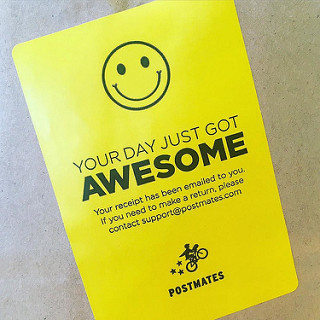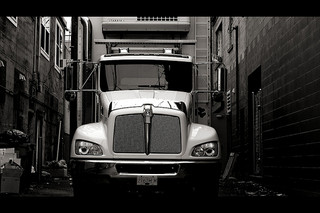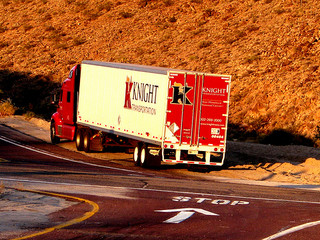Challenges of Fast Food Delivery Service

Several courier services, such as Uber, Postmates, and Door Dash, have tried to capitalize on the growing fast food delivery industry. However, these services continue to encounter numerous challenges, such as getting authorization to deliver food, ensuring the food is handled properly, and protecting customers from theft and mishandled food. Take a closer look at these pervasive issues.
Challenge 1: Food Delivery Authorization
One of the biggest challenges of third-party food delivery companies is getting authorization to make deliveries from fast food companies. Postmates, the leading food delivery company in the U.S. seeks out authorization from fast food companies, but not in all cases. For instance, Postmates has landed contracts with Starbucks, Chipotle, and many other major fast food companies, but it still delivers food from any fast food restaurant that a customer requests.
In-N-Out Burger recently sued Door Dash for delivering food without authorization. In the lawsuit, In-N-Out Burger states that Door Dash has infringed on its trademark because of a false designation of origin. In addition, Door Dash has used In-N-Out’s logo on the Door Dash website without the company’s consent.
These are not the only grievances that In-N-Out Burger wants Door Dash to resolve. For instance, In-N-Out has no control over how long the delivery takes, which can affect the quality of its products. Other fast food companies have similar complaints.
Challenge 2: Proper Food Handling
Delivering food to customers’ homes is not a new idea. Pizza restaurants have been doing it for years. However, the idea of a third-party delivery services brings different factors into play and raises alarms. One of the biggest issues is that delivery drivers could mishandle food because of a lack of training.
Only some food delivery companies have measures in place to ensure that their drivers handle food properly. Delivery drivers don’t prepare food and therefore don’t need a food handling permit by law. However, the lack of training leaves many customers and fast food companies concerned. That’s why some fast food companies have decided to handle delivery in-house to ensure proper training and retain control over delivery times. For instance, last year Burger King announced that it would begin testing home delivery to select areas.
Challenge 3: Protecting Customers from Theft
Fast food companies also worry about customer theft when third-party delivery services are used. For instance, fast food don’t typically have a way to track delivered by third-party services. That means if a customer has a delivery-related complaint, there’s no process in place for confirming the order or handling the problem. Fast food companies may suffer from mishandled complaints and damaged reputations as a result.
Consumers’ demand for fast food delivery has risen steadily, so it doesn’t appear as though third-party delivery services will disappear anytime soon. This is especially true because many fast food companies don’t have the financial resources to implement delivery on their own. In the future, government stipulations may require food safety or food handling training for drivers in order to regulate the industry.






